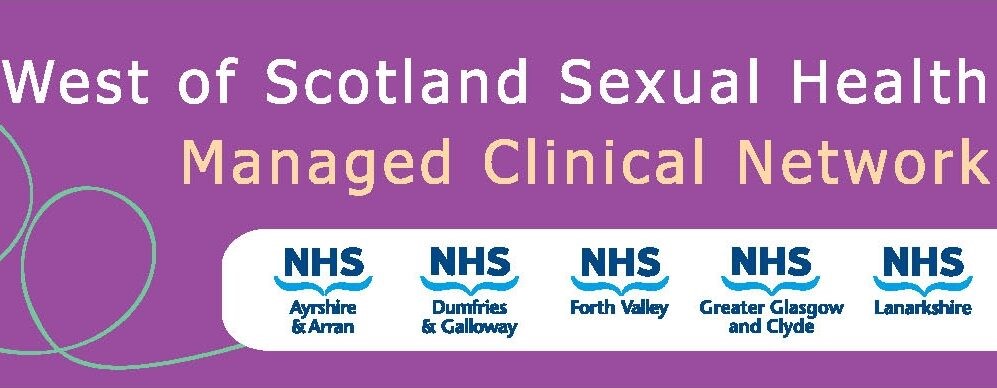- If in doubt speak to a senior GUM colleague
- The increasing recognition and development of multidrug resistant N. gonorrhoeae has been the driving force for the recommendation of extended spectrum cephalosporins as the preferred treatment of gonorrhoea
Indications for Treatment
- Identification of intracellular Gram-negative diplococci on microscopy of a smear from the genital tract
- A positive culture for N gonorrhoeae from any site
- A positive NAAT for N gonorrhoea from any site. Supplementary testing is recommended if the PPV (positive protective value) of the test at that site is <90% (discuss with your own Lab)
- Recent sexual partner(s) of confirmed cases of gonococcal infection
- Consider offering on epidemiological grounds following sexual assault
Recommended treatment
1. Uncomplicated gonorrhoea infection at any site in adults:
Ceftriaxone 1g IM single dose (can be used in pregnancy)
(with or without susceptibility testing)
(if known to have an antibiotic allergy please see section below)
Alternative if patient refuses IM injection or IM injection contraindicated:
Cefixime 400mg orally single dose with Azithromycin 2g orally single dose (can
use in pregnancy)
If β-lactam allergy:
Third generation cephalosporins such as cefixime and ceftriaxone show negligible cross-allergy with
penicillins. Contraindications to the administration of ceftriaxone are hypersensitivity to any
cephalosporin or previous immediate and /or severe hypersensitivity reaction to a penicillin or other
beta-lactam drug. Recommended treatments for patients giving a history of such hypersensitivity:
First choice: Gentamicin* 240mg IM with Azithromycin 2g orally as a single dose
Or
Second choice: Spectinomycin 2g IM with Azithromycin 2g orally as a single dose
(does not cover oropharynx, difficult to source)
Or (only if IM injection refused)
Third choice: Azithromycin 2g orally single dose
* Stat doses of gentamicin are not associated with toxicity. Please discuss with a senior colleague if patient has history of nephrotoxicity or ototoxicity or mitochondrial mutation. Please see prescribing guidance in BNF for patients <50kg.
Antibiotic allergy and decline/unavailable for injection
MHRA strengthened restrictions in January 2024 stating that fluoroquinolones should only be used when other recommended antibiotics are inappropriate. As at Feb 2024 this applies even to single-dose treatments. Until further information and reassurance is provided following these warnings we are restricting use of fluoro-quinolones even for stat doses.
For treatment of gonorrhoea with ciprofloxacin, a typical scenario would include:
- history of cephalosporin or beta-lactam immediate hypersensitivity excluding cefixime use AND
- contraindication to or decline of gentamicin AND
- susceptibility predicted by NAAT SpeeDx test (if available) or culture
Contraindications include risk of pregnancy; previous fluoroquinolone side effects, aged under 16 or over 60 years, on corticosteroids, known renal impairment, previous organ transplantation, previous convulsions.
Ciprofloxacin 500mg oral stat monotherapy (if culture sensitive)
If after discussion of the possibility of disabling and irreversible side-effects this remains the best antibiotic please send the patient the following MHRA patient information leaflet by SMS.
2. Treatment of complicated Gonococcal infections:
Discuss with senior staff first.
Gonococcal PID
Ceftriaxone 1g IM single dose
plus Metronidazole 400 mg twice daily orally for 14 days
PLUS
Doxycycline 100mg twice daily orally for 14 days
(see PID guidelines www.bashh.org)
Gonococcal Epididymo-orchitis
Ceftriaxone 1g IM single dose
Plus Doxycycline 100mg twice daily orally for 10-14 days
Gonococcal conjunctivitis
Treatment as per uncomplicated GC and the eye should be irrigated with saline/water
Disseminated GC
Clients must be admitted (see BASHH UK National Guideline on the Management of Gonorrhoea 2018)
